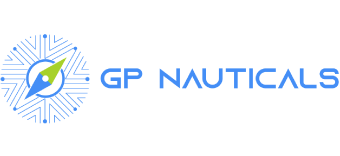The use of biometrics in the aeronautical sector
The future is already here and thanks to the technological advances we are living today, we can use biometrics as a control and access system. Analyzing our facial features or body measurements that make each person a unique human being with specific characteristics.
But what does this process consist of?
To identify a subject, all that is needed is to compare an incoming image with an image in the database. However, in the aeronautical field, this is a process that must be carried out in real-time and supported by software and a database that provides sufficient security to airport facilities.
For this reason, airports that have already implemented technologies like this support it with government databases that support their security personnel while streamlining their passenger check-in processes.
Using a passenger access control system with biometrics brings many advantages to the aviation industry, such as speeding up the entry process, making it faster and more efficient, and reducing the probability of identity fraud, since the system will identify the passenger’s features by comparing them with certified databases.
Software without human manipulation, this type of technology and devices used to provide access cannot be manipulated, so the information handled here is secure and reliable. And last but not least hygiene, as the type of devices used for biometric identification or facial recognition, does not require any kind of contact, so it is ideal in these times of pandemic.
According to Annet Steenbergen, chair of the passenger facilitation working group at IATA, “The use of the human body as an authentication system will be the salvation to speed up the movement of people in air terminals”. Especially when it is expected that by 2037, more than 8 million passengers will be using airplanes for their transfers, more than twice as many as today.
Identification solutions using biometrics or facial recognition not only eliminate manual processes, offer a more satisfactory service for passengers, and reduce their waiting times at the airport but also help airlines and air terminals to comply with government and border agency regulations.
So far, the main use of facial recognition technology has been in the check-in areas of airports. However, within the same air terminals, it can also be used to provide privileged access to VIP lounges for frequent travelers, access to restricted areas for airport workers, or to offer specific premium services for those passengers who wish to pay for a more pleasant trip.
At the moment, the implementation of facial recognition in the aviation industry is in its early stages, but we are sure that it will revolutionize the sector and replace many processes that are not so friendly so far.
